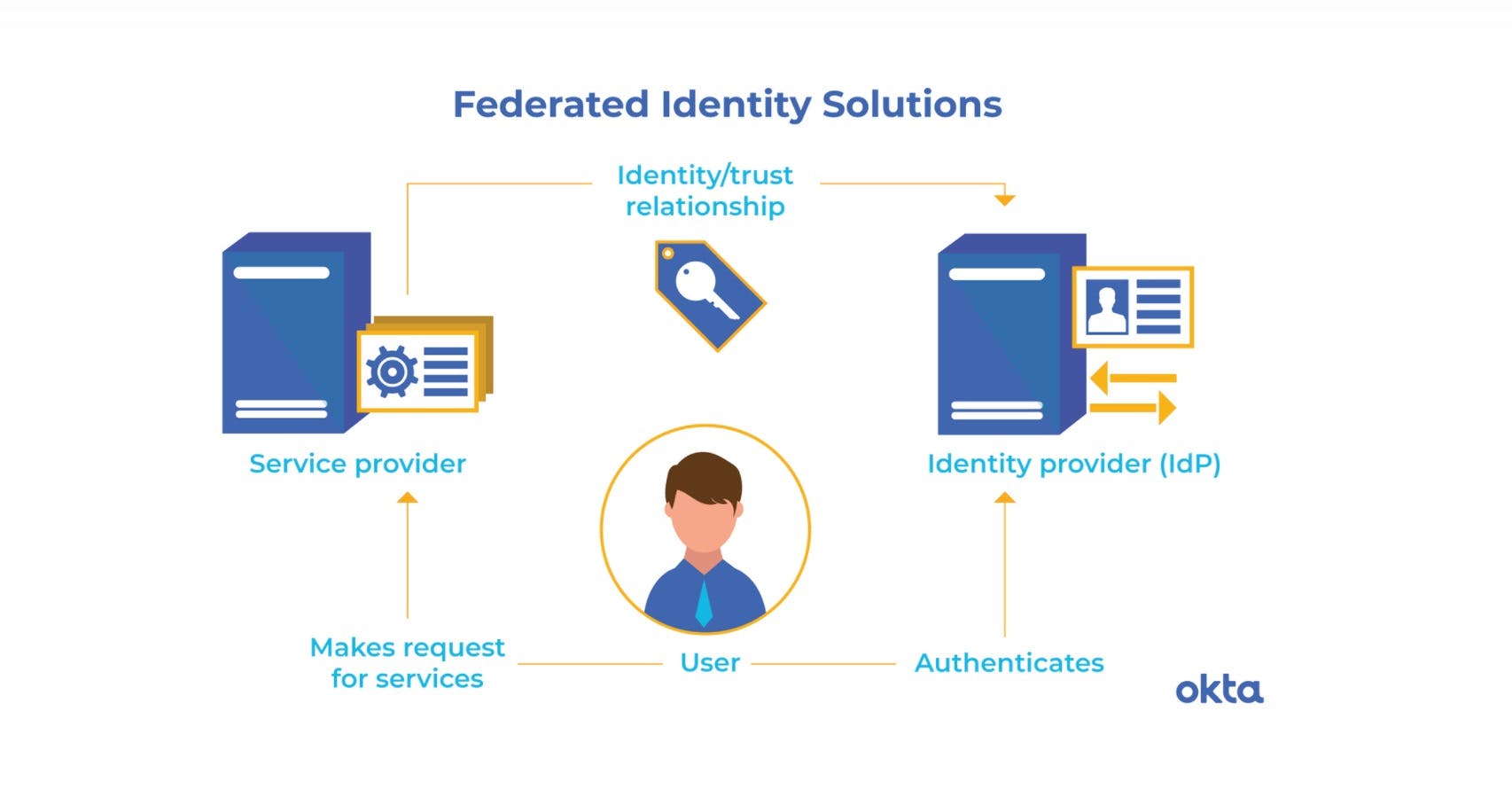All for one, one for all! Announcing Single Sign-On & Directory Sync support
We’re all inundated with logins and passwords and let’s be honest: it’s not that fun.
Which is why *drum roll* our enterprise customers can now authenticate using Single Sign-On! Fewer logins = better life, right?
Both SAML and OpenID Connect via all popular identity providers such as Okta, Google, Auth0, OneLogin, and Azure are supported. Not only that, but this release also comes with Directory Sync, which allows companies to automatically sync users from a directory provider.
If you’re not currently an enterprise customer and you want in on the fun, reach out to our sales team at sales@stellate.co and we'll make it happen!
It’s as simple as that. But if you’re the inquisitive type and you like origin stories, we’ve got one for you.
What is SAML and where did it come from?
Once upon a time, long before the internet, in a land called the 1960s, a powerful trio created Standard Generalized Markup Language (SGML) to standardize government documents so they could be read and understood for decades to come, and – because this is how it often goes – hundreds of others helped develop it until one day in 1986 it was officially adopted by the World Wide Web Consortium (W3C). From SGML, we got HTML and XML, and from XML came our new friend, SAML. You can think of SAML as the friendly umbrella that includes the sprightly Single Sign-On (SSO).
That’s nice. What is SAML all about?
Like several other languages, SAML brings your online credentials across multiple platforms in what’s called a federated identity. Are you feeling the need for a diagram? Us, too.

Figure 1: As you can see, all federated identities belong to faceless, short-haired people wearing ties. (But seriously, thanks, Okta for this handy image!)
After what we’ve all been through for the past few years, three entities – in this case, a user, an identity provider and a service provider – may count as a party. So, welcome to the federated identity party! This is how your logins work: you confirm your identity, showing you’re a unique individual moving through the online landscape.
(Want to know more? Learn about the seven “laws” of federated identity.)
Talk normal to me
You can think about SAML like a close friend: once it trusts you, it never forgets. When you first login to a website or application, your one set of login credentials is redirected to an identity provider, which then remembers your login credentials. If you like vintage YouTube explainers, this is the one for you.
Not only is a Single Sign-On (SSO) simply a better user experience, but it also offers improved security, since you have a single point of authentication. In the end, it all comes down to two things we love: convenience and safety.